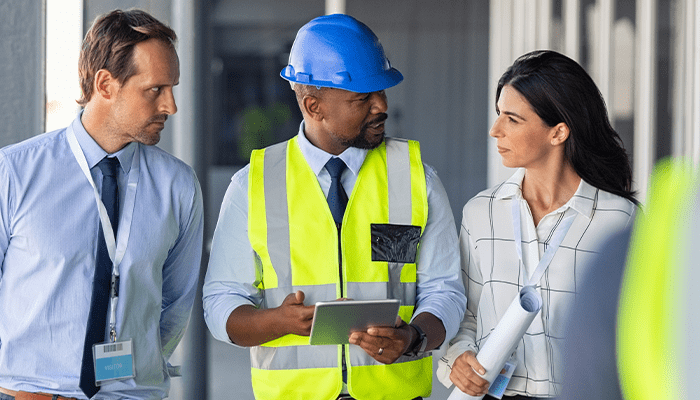
Creative Return-to-Work Strategies
One of the challenges faced by companies today is managing employee return-to-work (RTW) programs following injuries, particularly when on-site accommodations aren't feasible. We recently hosted a webinar on "Creative Return to Work Strategies," which highlighted some methods for implementing effective RTW programs.
Returning to work sooner after an injury can prevent long-term absences, benefiting employees and employers. Statistics show that after six months away, injured employees only have a 50% chance of returning to their original position, which drops below 5% after two years. Prompt action helps keep employees connected to their workplace and speeds up recovery, minimizing disruption for both parties.
Mental health challenges, such as anxiety and depression, frequently accompany workplace injuries. Since COVID-19, these issues have intensified, making mental health support crucial for injured employees. Off-site modified duty programs allow employees to perform productive tasks within their medical limitations. This proactive engagement reduces feelings of isolation, which can lead to mental health issues, such as substance abuse. Some organizations even incorporate innovative methods like virtual reality to help employees re-acclimate to the workplace.
Modified Duty Off-Site Programs
Modified duty off-site (MDOS) involves assigning injured workers to light-duty roles at local non-profit organizations. This approach allows employees to maintain a work schedule, earning regular wages while completing tasks that meet their medical restrictions. For employers in industries where light-duty roles may be limited or burdensome—like transportation or construction—MDOS offers a viable alternative, ensuring continued productivity without overloading on-site resources.
MDOS programs benefit both employers and employees in significant ways:
- Reduced Costs and Compliance: Employers save on costs associated with temporary total disability (TTD) payments and may even see tax benefits from facilitating community-based volunteer work.
- Enhanced Claim Oversight: This strategy provides consistent oversight, allowing employers to track an employee's progress and recovery.
- Faster Recovery and Reduced Malingering: Regular, structured tasks keep employees engaged, often speeding up recovery and minimizing the risk of employees becoming unmotivated or disengaged.
- Employee Stability: Injured employees benefit from maintaining steady wages and schedules, reducing household stress, and aiding overall recovery.
When implementing MDOS, organizations should consider the following to ensure successful placements: - Location and Schedule: Find suitable non-profits within a 25-mile radius of the employee's home or close to their physical therapy locations. Keeping shifts consistent with the employee's usual schedule also smooths the transition.
- Clear Communication: Detailed job offers outlining duties, schedule, and expectations are important. Employees should understand that they're expected to adhere to company policies, even off-site.
- Tracking and Monitoring: Document all communication related to RTW offers and consider implementing electronic timekeeping to verify employee engagement at the non-profit location.
- Flexible and Customizable Solutions: Some employees may benefit from virtual assignments, especially if transportation is limited. Organizations with distributed workforces can consider hybrid solutions combining virtual and on-site non-profit placements.
Best Practices for Effective MDOS Programs:
- Let employees know about the MDOS option early so it doesn't come as a surprise if they're injured.
- Buy-in from managers and supervisors enhances the program's effectiveness.
- Tools like geofencing and online time-tracking ensure accurate records and compliance.
- Customize the program to fit organizational and employee needs—whether through on-site placements, virtual work, or hybrid options.
Creative return-to-work programs like MDOS can be game-changers, reducing costs for employers while supporting injured employees' mental and physical recovery. When effectively managed, these programs offer a solution that aligns the interests of both parties, fostering goodwill, recovery, and continuity.
Related articles

As the year comes to a close, business leaders are often focused on budgets, performance metrics, and new initiatives. Yet this season is also one of the most important checkpoints for risk...

Transporting hazardous materials in bulk packages or cargo tanks presents unique safety and regulatory challenges. Motor carriers and their personnel must be fully aware of federal requirements for...

The Occupational Safety and Health Administration (OSHA) sets the standards for ensuring safe and healthful working conditions across the United States. But when an OSHA citation lands on your desk,...